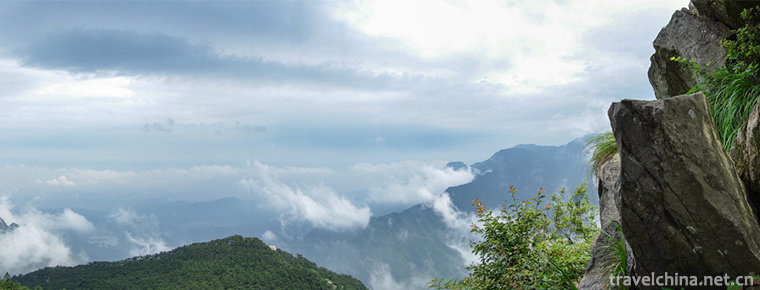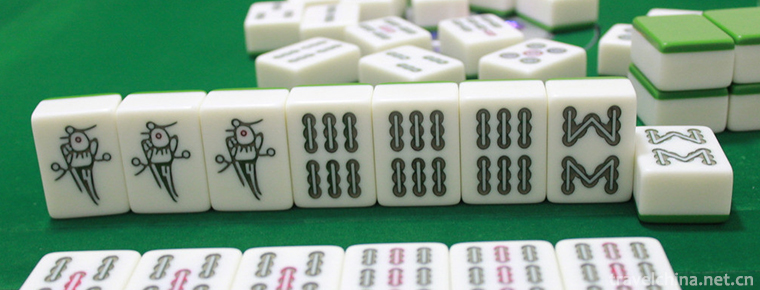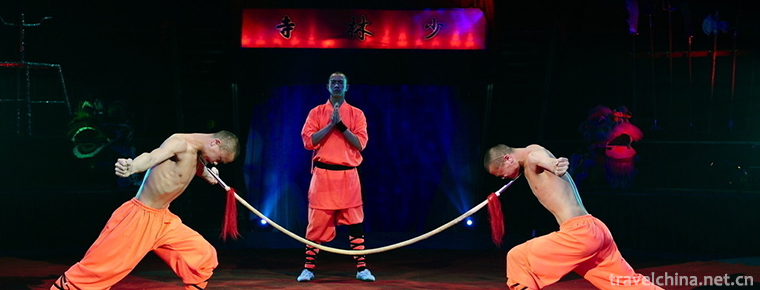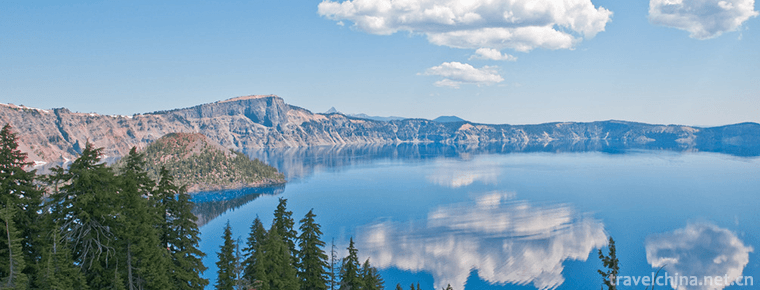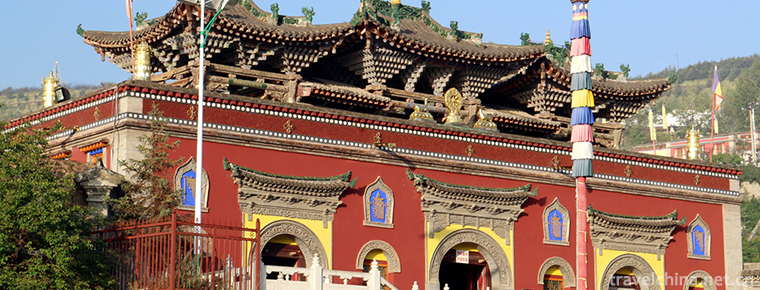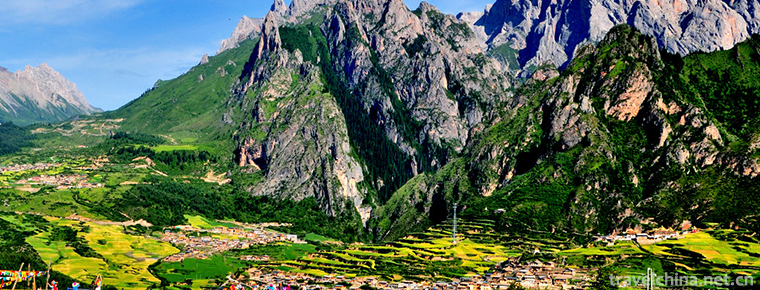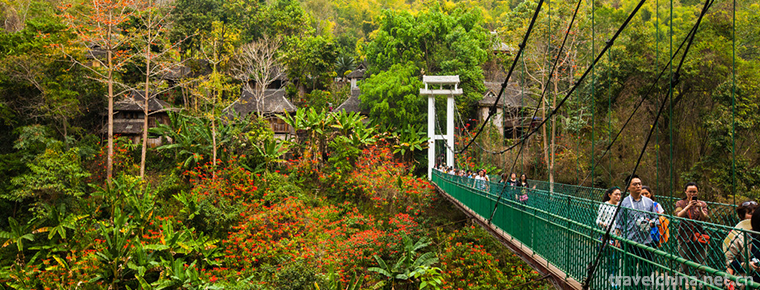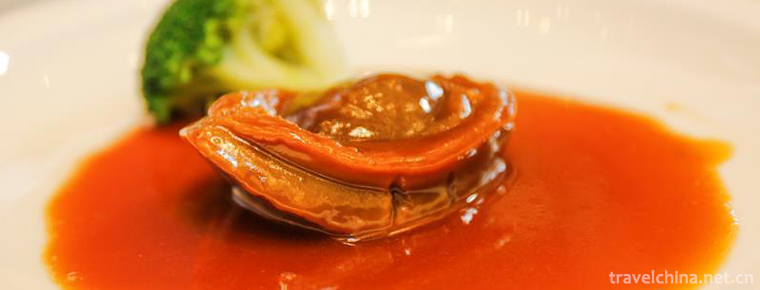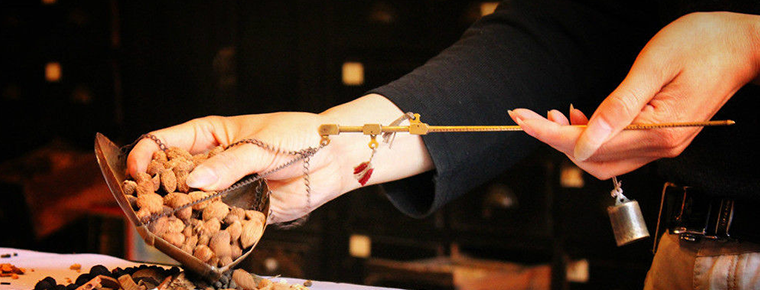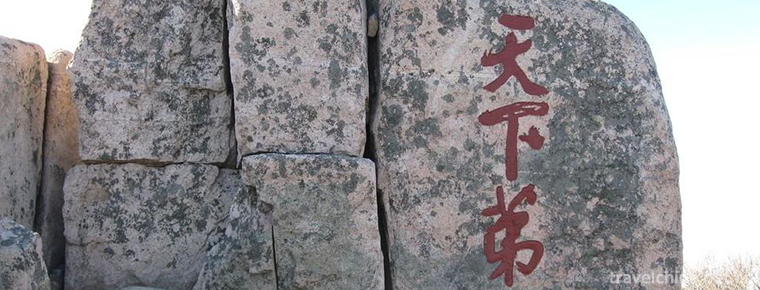Bijia mountain Luzhou City Sichuan Province
Bijia mountain
Bijia mountain is located in Hejiang County, Luzhou City, Sichuan Province, 42km away from Luzhou City and 7km away from Hejiang county. Bijia mountain is named for its three peaks standing like a penholder. Bijia mountain area is dangerous, surrounded by cliffs and cliffs. The mountain has the characteristics of typical red Danxia landform, unique landscape and beautiful scenery.
During the Jiaxi period of the Southern Song Dynasty, Luzhou built a city on Bijia mountain, and the site of Hejiang county was also built here. The ruins of the ancient city are still visible.
Geography
Bijia mountain was named Anle mountain in ancient times. Located in Hejiang County, Luzhou City, southern Sichuan Province, it is 42km away from Luzhou City, 7km away from Hejiang County, connected with Chongqing city and Chishui City, Guizhou Province, 5km away from the county. Bijia mountain is located between the Yangtze River and Chishui River. It is named after the three peaks standing like a pen rack. The highest point is 698 meters above sea level. The peak is long and narrow from east to west. When viewed from the Yangtze River, it looks like a stalagmite straight into the sky; when you look up from the Bank of Chishui River, you can see that the penholder stretches across the river bank. Especially when it's sunny or cloudy after rain, the mountains are covered with clouds and fog, and sometimes gather and disperse. Therefore, it is called "Bijia Lianyun", which is one of the eight sceneries of Hejiang river.
history
According to Taiping Huanyu Ji, Liu Zhen emerged as an immortal during the kaihuang period of the Sui Dynasty. Emperor Wen of the Sui Dynasty, Emperor Gaozong of the Tang Dynasty and Xuanzong of the Tang Dynasty issued an edict to set up views or inscriptions. On the mountainside, there is a white deer cave where Luo Wensi studied in Qing Dynasty. In the bamboo forest on the side of the cave, there is the incarnation tower of master Jun Hui and others. The ancient trees on the mountain are towering, and the bamboo trees are green. Thousands of fruit trees surround the ancient temple of Yuntai. On the outer wall of the temple, there is a record of youanle mountain written by Huang Tingjian of Song Dynasty.
Su Shi, a writer of the Song Dynasty, heard that there was a "Tianfu tree" on the mountain, so he wrote a poem on the mountain tour: "Heaven teacher changes to know where it is, jade seal is handed down to the generations and treasure together. The descendants of our country are still dead, how can autumn leaves on the mountain be divine?
Due to the dangerous shape of Bijia mountain, surrounded by cliffs, Luzhou built a city on the mountain during the Jiaxi period of the Southern Song Dynasty, and Hejiang County site was also built here. The remains of the ancient city are still visible today. There are Bailu cave, Jiulian cave, Guanxin cave, bailongchi, immortal stone, jiaozi stone, sun Dan stone and other historical sites and stone carvings of Ming and Qing Dynasties. A pair of stone lions of Song Dynasty have been unearthed recently, which is lifelike and more precious. The ancient temple yunshisi mountain has been renovated. In front of the temple, there are thousands of citrus trees and thousands of Phyllostachys pubescens behind the temple. On both sides, the pines are green and the ancient camphor is towering. When you climb up to the river platform, you can see the Yangtze River flowing down thousands of miles. The red water looks like a dragon. It looks like a picturesque scenery
The area of the scenic spot is 8400 mu, the forest coverage rate is 68.2%, the average annual temperature is 16.2oc, and the rainfall is 1500 ml. The mountain has the typical red Danxia landform characteristic, the landscape is unique, the scenery is beautiful. Bijia mountain scenic spot in Hejiang is a mountain rising from the plain, with steep mountains and ancient trees. The Yangtze River, Chishui River and Xishui River pass around the mountain. Take a boat across the Chishui River, looking up at Bijia mountain, just like a pen rack, with three peaks and two depressions. It was misused more than 1000 years ago. It was called Gu'an Leshan when Taoism was popular in Sui Dynasty. There is still a legend that Tianshi Zhang Painted Tianfu trees all over the mountain. In the Tang Dynasty, it was renamed Shaomin mountain. Because the three peaks of Bijia mountain were towering and shaped like a penholder, it was named Bijia mountain after the Qing Dynasty.

-
Mountain Lushan
Mount Lu, also known as Kuang Shan and Kuang Lu, is located in Mount Lu City, Jiujiang, Jiangxi province. It is located between the east longitude 115 degrees 52 '- 116 degrees 8'.
Views: 200 Time 2018-10-30 -
Mahjong
Mahjong, originated in China, is commonly known as Sparrow in Guangdong, Hong Kong and Macao. It is a game invented by the ancients of China,.
Views: 159 Time 2018-11-13 -
qikongqigong
Qigong (qigong) is a traditional Chinese method of health care, health preservation and disease elimination. Ancient or "Dandao" is a kind of physical .
Views: 104 Time 2018-11-13 -
Tianshan Tianchi Scenic Area
Tianchi Mountain: World Natural Heritage, National AAAAA Class Tourist Scenic Spot, National Geopark, National Key Scenic Spot, National Civilized Scenic Spot, International and Natural Biosphere Rese.
Views: 150 Time 2018-12-12 -
Taer Temple Scenic Area Xining City
Tar Temple, also known as Tar Temple, was founded in the 10th year of Hongwu Ming Dynasty (1377). Named after the Great Silver Pagoda built in memory of Zongkaba, the founder of the Yellow Religion.
Views: 124 Time 2018-12-12 -
Xishuangbanna Primitive Forest Park
Xishuangbanna Primitive Forest Park, located in the east of Jinghong and north of Lancang River, is 8 kilometers away from the seat of the state capital..
Views: 169 Time 2019-02-25 -
Eight dishes
Eight-flavor dish is a delicacy, the main ingredients are green pepper, 1000 grams; soybean, 1000 grams; head vegetables, 3000 grams; sugar, 250 grams; vinegar, 250 grams; salt, 250 grams; soy sauce, .
Views: 447 Time 2019-03-27 -
Traditional medicine
Traditional medicine, a list item of intangible cultural heritage. Article 21 of the Constitution stipulates that the State shall develop medical and health undertakings, modern medicine and tradition.
Views: 276 Time 2019-04-21 -
Legend of Mount Tai
Taishan legend is one of the folk legends in Shandong Province. According to legend, the history of the Theocracy of Taishan God in charge of life and death can be traced back to the pre-Qin period. A.
Views: 194 Time 2019-06-18 -
down the mountain Yao Bu Yao Mai Cai Tik Tok Songs 2020 Hot Songs
"Down the mountain" is composed by Zhu bin. Yao Bu Yao Mai Cai to sing. It was released on November 22, 2019.
Views: 141 Time 2020-05-21 -
International cooperation of Chengdu Giant Panda Base
According to the major political and diplomatic needs of the country, under the leadership of the state, provinces and cities, the panda base has successively established a "long-term international cooperative breeding program for giant pandas" with Japan, the United States.
Views: 112 Time 2020-12-13
